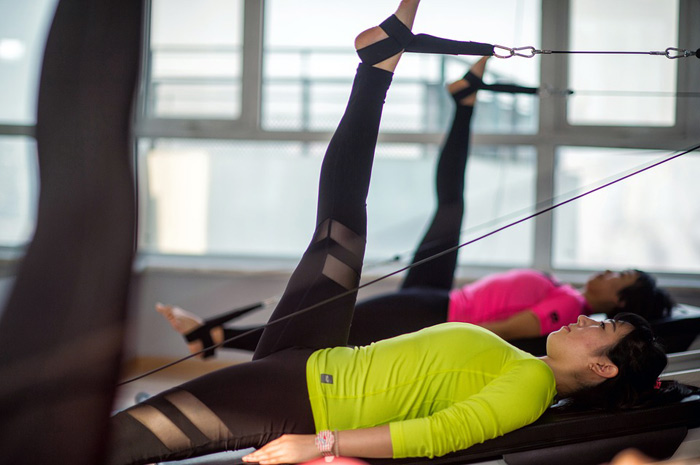The Pilates Training Method is a physical fitness program that focuses on the core postural muscles that help keep the body balanced and are essential to providing support for the spine.
Pilates was developed in the in the 1940s by Joseph Pilates, who first used the yoga-like moves to rehabilitate World War II soldiers, which was later modified to treat injured dancers. Over time, different groups have added their own moves to become what we known as Pilates. Joseph Pilates developed special machines which allow people to do the particular moves using a pulley-system of resistance, though many modern day Pilates classes do not utilize these machines and use floor exercises or weights instead.
Essentially, the Pilates Method is an exercise style that involves training your muscles to improve posture and alignment. The exercises focus on core strength, to better able to support the larger ligaments, tendons and joints. The exercises include workouts for abdominal, leg, arm and back muscles, and can be likened to a very intense stretching class. Some movements are slow and controlled while others are very fast.
Pilates is not suitable for weight loss, or for improving cardiovascular fitness. It is particularly suited for people with injuries, weak muscles and particularly bad posture because it encourages you to strengthen your problem areas in a relaxed and low impact way. It is advisable that anyone with serious injuries consults their doctor or physiotherapist first.
 The Pilates Training Method focuses on the core postural muscles
The Pilates Training Method focuses on the core postural muscles Related Pages
- Pilates Band Exercises for a Full-Body Workout at Home
- Training for Balance
- Yoga Workouts
- Bosu Balls, Balance Trainers and Swiss Exercise Balls in the Fitness Store


 Current Events
Current Events